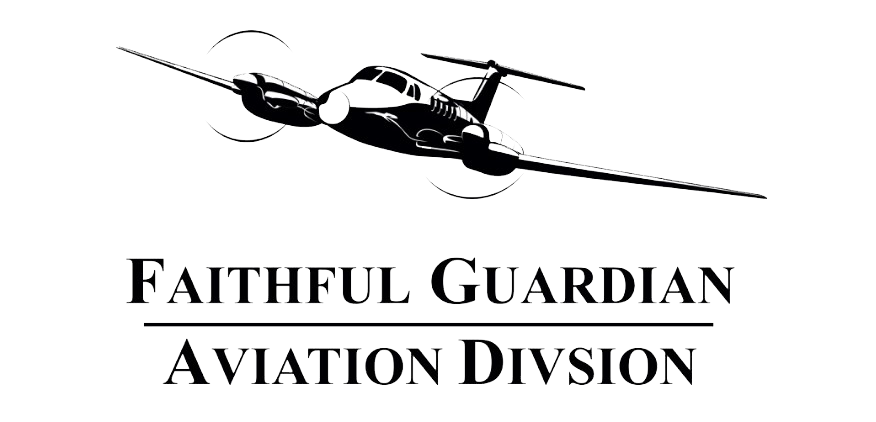- Home
- All Courses
- Commercial Pilot
-
Airplanes and Aerodynamics
-
Lesson 1.1 Flaps
10 min
-
Lesson 1.2 Airplane Wings
10 min
-
Lesson 1.3 Stalls
10 min
-
Lesson 1.4 Spins
10 min
-
Lesson 1.5 Lift and Drag
-
Lesson 1.6 Ground Effect
10 min
-
Lesson 1.7 Airplane Stability
10 min
-
Lesson 1.8 Turns
10 min
-
Lesson 1.9 Load Factor
-
Lesson 1.10 Transonic and Supersonic Flight
10 min
-
Quiz
-
Lesson 1.1 Flaps
-
Airplane, Instruments, Engines and Systems (Lesson 2.1/2.4/2.5 missing)
-
Airports, Air Traffic Control and Airspace (*3.6 no information showed up)
-
Federal Aviation Regulations (*4.2/4.3/4.8/4.9/4.10)
-
Airplane Performance and Weight and Balance (*5.4/5.5/5.6/5.7/5.8)
-
Aeromedical Factors and ADM (*6.3/6.4 No info was shown)
-
Aviation Weather (*7.1-7.9) Did not show up in search.
-
Weather Services (*8.3 is missing a picture/8.4/8.7/8.9)
-
Navigation Charts, Publications, Flight Computers
-
Lesson 9.1 Sectional Charts
-
Lesson 9.2 Chart Supplemental
-
Lesson 9.3 IFR En Route Low Altitude
-
Lesson 9.4 Instrument Approach Charts
10 min
-
Lesson 9.5 Fuel Consumption
-
Lesson 9.6 Wind Direction and Speed
-
Lesson 9.7 Time, Compass Heading, Etc, on Climbs and En Route
-
Lesson 9.8 Time, Compass Heading, Etc, on Descents
-
Lesson 9 Quiz
-
Lesson 9.1 Sectional Charts
-
Navigation Instruments (*10.2-10.4)
-
Flight Operations (*11.8)
Lesson 2.9 Engine Cooling
1. Aircraft engines are largely cooled by the flow of oil through the lubrication system.
2. An excessively low oil level will prevent the oil from cooling adequately and result in an abnormally high engine oil temperature.
3. Exhaust manifold type heating systems are used as a heat source for the cabin and carburetor. The risks of operating an aircraft with a defective exhaust heating system include carbon monoxide poisoning, a decrease in engine performance, and an increased potential for fire. Because of these risks, the exhaust manifold should be periodically inspected.
